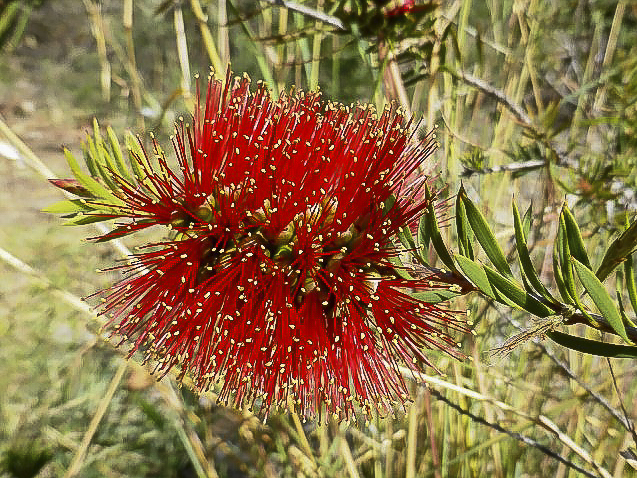Dan Clarke runs a botanical consulting service and is Conservation Officer of APS NSW and the Sutherland Group. Here he comments on changes to botanical names.
How to keep up
Yes, it is hard to keep up-to-date with botanic name changes. I have to check and recheck (and recheck) NSW Flora Online (PlantNET) here frequently for each and every botanic report I churn out. They have lagged behind in recent times, BUT . . . a very capable person is now managing the website from the NSW Herbarium, and it is getting updated on a much more frequent basis.
I find, more and more, that Wikipedia is quite reliable in terms of reporting currently accepted botanic names but I have not established what their primary source is.
Why all the changes?
When we come across a change where a plant genus may be shifted to a different botanical family, or, species in a much loved genus are altered (eg: some Eucalyptus spp. moved to Corymbia spp. and the much-loved Dryandra spp. moved to Banksia spp.) – this is not a berserk approach at all (although it may seem such) – but a change that reflects the most modern-day techniques employed into investigating evolutionary relationships.
It has to be remembered that early botanists like Robert Brown, George Bentham and even Linnaeus and Co, despite being excellent botanists, only had limited tools at their disposal to study plants and, at times, have a best guess as to what family or genus they best belong in, based on the features studied and evidence available.
Certain processes might have affected early classifications, such as convergent evolution, where two taxa can first appear similar, but further study reveals they are not closely related at all. The best example to kick off with are sharks and dolphins. They appear similar, but we know they are very different and have had two different evolutionary journeys separated in space and time. Plants are in the same boat, with study now occurring at much finer levels of differences and similarities.
New techniques
Modern-day DNA and genetic techniques give us a clearer picture of how closely species are related, and their actual journeys through evolutionary time. Plants are reclassified, on peer-reviewed evidence, based on their evolutionary lineages, with additional classification rules applied that the shift or change should be the most-simple and scientifically sound. This is intended to also assist people in the horticultural and similar industries, who have to communicate the name changes and undertake tasks such as re-writing those plant labels!
Botanists have been criticised in the past for not considering this, but they have counter-argued that they provide plant breeders with new information on genetic relationships which may lead breeders to trial and create new hybrids for sale. Another example of this type of work I can remember resulted in revealing that Elaeocarpus and Tetratheca were closely related which resulted in a family re-jumble.
A constant state of change
So, things are in a state of constant shift and we all have to grapple with it. It does get very hard for us when botanists disagree, based on their own species concepts and opinions, as well as, how evidence is interpreted (a common world-wide issue!). This usually happens at interstate levels between herbaria.
Meetings also take place between herbaria as to what re-classifications are accepted and which are rejected. A current case relevant to NSW is whether all Callistemon spp. are to be referred to as Melaleuca spp. It seems we can continue to apply Callistemon, in NSW, currently.
Any sort of botanical database – whether it be a book, website, a nursery selling list, or our online plant profile database, always has to be updated, constantly, through time. A thought we all need to consider when undertaking any botanical (or zoological) database or similar project. You will even have to update the names of your photos if you keep your own photographic database of plants.

Following the NSW Herbarium
There have been a few name changes recently. If I see the change on PlantNET, I just accept it and run with it, as I am loyal to my State Government Herbarium. If I moved to WA, for example, I would use their classifications.
More information
There is a website run by the Missouri Botanical Garden that has come to the fore for the latest results and understanding on how plant genera and families are currently grouped. The link is here: http://www.mobot.org/MOBOT/research/APweb/ It also provides a nice introduction on the importance of this work; work that potentially is causing us some moaning and groaning.
Such is the world of biological classification!
Read more about name changes in orchids here.
Read more about demystifying plant names here.
Read about Dan Clarke here.
